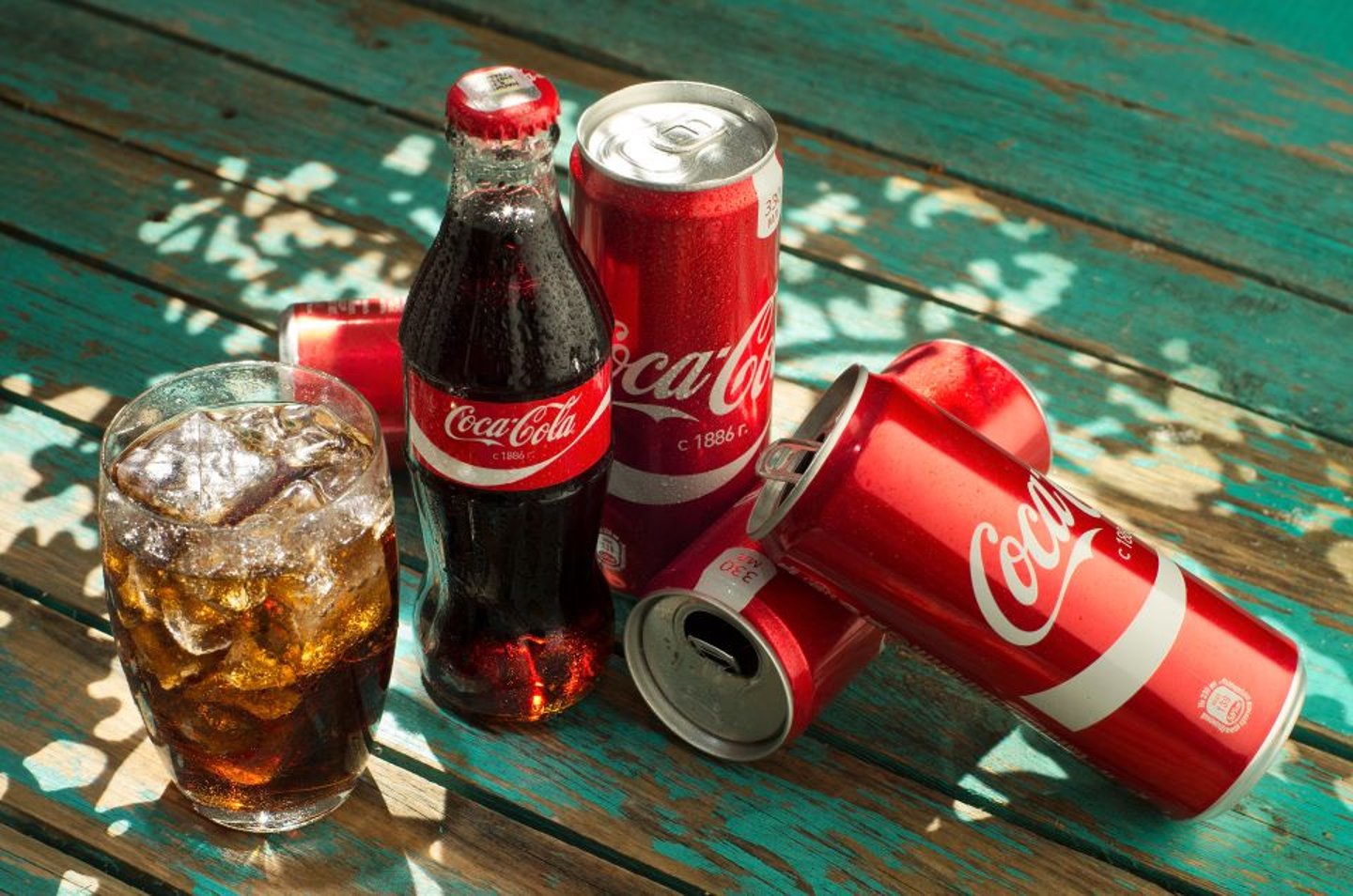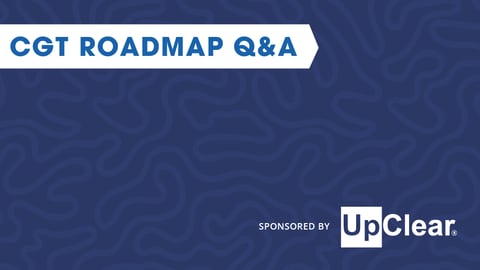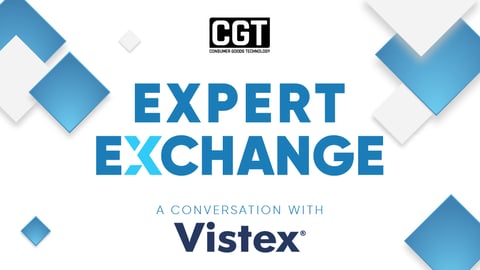With Coca-Cola’s RGM Strategy, An Intelligent Prioritization Model Is Key
Coca-Cola is undergoing a multiyear investment journey, overhauling several areas of business, with a special focus on revenue growth management (RGM). The company’s approach to intelligent RGM has resulted in revenue growth of 9% in the first half of the year, and much of it has to do with the company’s prioritization model.
During the Barclays Global Consumer Staples Conference, Jennifer Mann, head of North America, and James Quicey, CEO of Coca-Cola, said the company is raising the bar on RGM, particularly by leveraging deep data insights.
“The data has allowed us not only to focus on understanding where and how the money is made, but as much as anything, be explicit on what not to prioritize,” said Mann. This includes highlighting “the most winnable opportunities in the short-term” and gaining a deeper understanding of where resources need to be allocated.
[Also read: Coca-Cola Florida Names Greg Park VP of Transformation & Innovation]
With a company that operates on a massive global scale, the resource allocation puzzle becomes increasingly complex, and so Coca-Cola’s RGM prioritization includes an “enterprise overlay” — a way to easily move resources from one category or country to another and optimize plans.
“And so whether it be the incentives, structuring the incentive systems or the cultural systems, we want to dial up our ability to act on those insights of the country category combination so that we can move resources and optimize the plan in any given year,” said Mann.
Prioritization Around Consumer Needs
Of course one of Coca-Cola’s major areas of specialization is enriching the consumer behavior, and so through its RGM strategy, the company has been able to “meet the consumer where they are.”
This includes delivering a balance of affordable to premium options. Additionally, collecting valuable customer data that can identify revenue growth opportunities, such as with Coca-Cola’s B2B platform, My Coke. This initiative alone has brought together two-thirds of the brand’s primary customers, and the data garnered has allowed Coca-Cola to grow over time in digital transactions.
This extends into retail partnerships, said Mann, as the effort allows Coca-Cola to add more value by growing their business faster than the category.
Pricing Intelligence Continues to Progress
Doing business in such an extreme, inflationary environment requires a highly adaptable pricing strategy, and so Coca-Cola has overlaid RGM to do pricing in an intelligent way, said Quincey.
“We are constantly trying to maintain a degree of affordability for the lower-income consumers and offer higher value and then consequently higher price offerings for those who have got more money,” said Quincey.
In response, Coca-Cola has not only adjusted its cost basis according to what’s happening from an economic standpoint, but it has also looked to acquire new consumers through its intelligent approach.
“Whether you call it the consumer franchise, volume, or weekly plus consumers, that's really what you want to have work together,” he said. “If you can get the two things coming together, that is what works really well to grow the franchise.”
This is an approach that is years in the making. Last year, Quincey said the CPG was leveraging pricing and promotional intelligence, along with a proactive mix management and premiumization.
As an example, Coca-Cola’s MyCoke initiative mentioned above, generated system revenue increases of 55% in 2022 compared to the prior-year period. And the CPG was also previously working on segmented pricing with its bottling partners in India to hold firm on prices for “transaction-driving” portfolio items.






